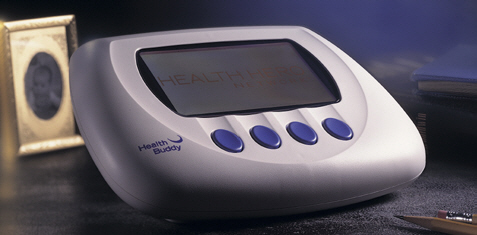
The science of clothing has evolved greatly: we have light skiing suits that keep us warm at -20 (and more) Celsius degrees, we have clothes that allow transpiration from the inside to get out but don’t allow water from the outside to come in, and also a whole lot of other inventions which aid our lives, more or less.So it seems that pretty soon these smart textiles and wearable devices will be entering our lives where they will be monitoring our vital signs and heart beats. As a matter of fact, they even exist today! European researchers say they hope to set up a niche of elite sportswear.
“If I want to monitor a whole body, why not use clothes?” says Danilo De Rossi of Smartex, an Italian firm developing clothes that, according to a recent article in Wired Magazine, do more than look stylish and keep the cold out. Their new line looks great and can keep you healthy and active at the same time.
Sure, marketing plays a very important role in this affair. But if you’re suffering from heart conditions and that sort of stuff, you will most definetly benefit from this kind of clothes.
“There are a vast number of applications,” Smartex’s Rita Paradiso earlier told ICT Results, “though the garment would need to be customised for each task.” Work in the EU-funded Wealthy and MyHeart projects were critical to the prototype garments that her company is hoping to take to market soon, together with Spanish wearable technology firm, WearTech.









